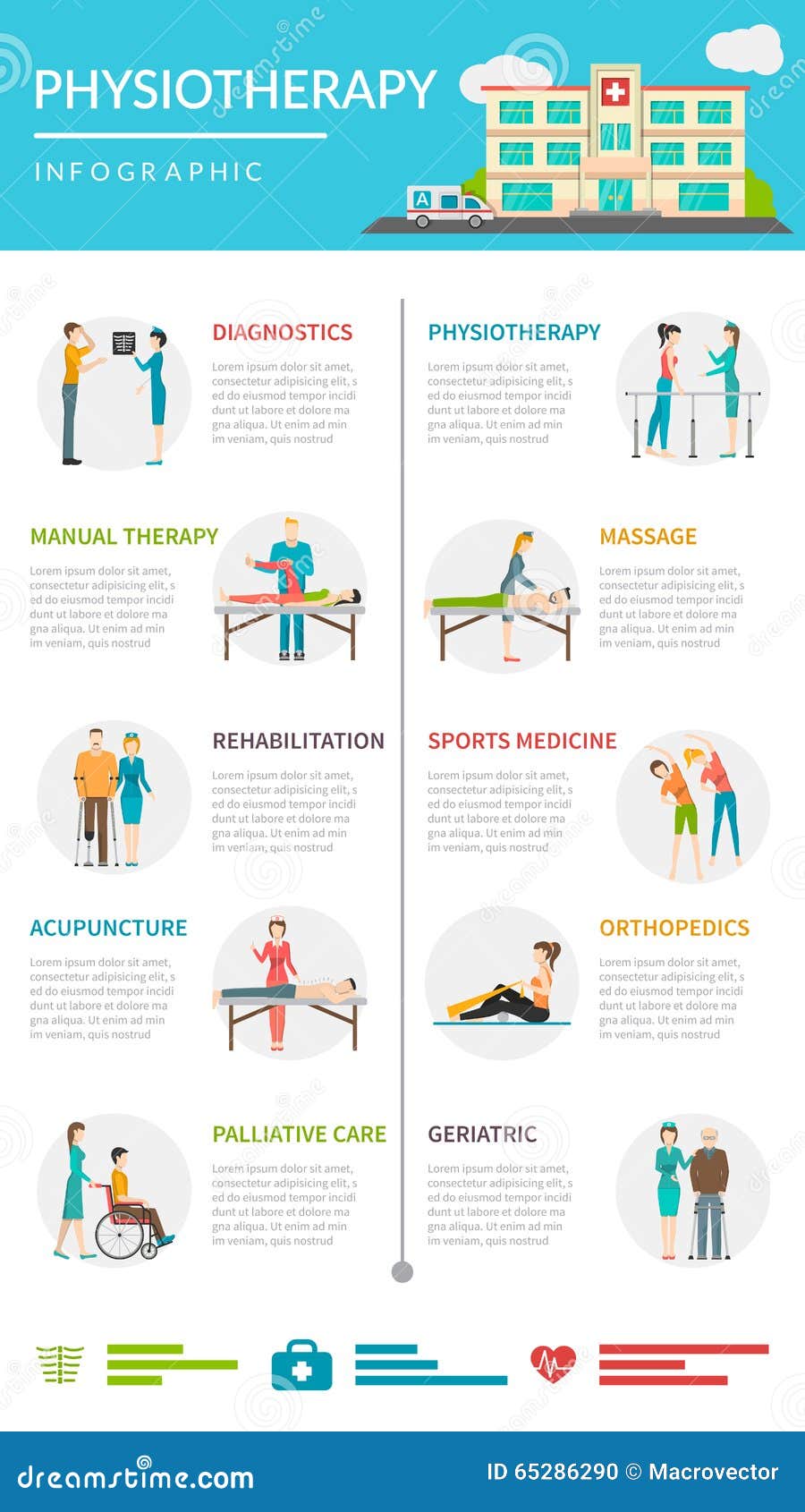Daily Practices That Cause Pain In The Back And Approaches For Prevention
Daily Practices That Cause Pain In The Back And Approaches For Prevention
Blog Article
Composed By-Bates Schaefer
Preserving appropriate pose and avoiding common risks in daily activities can dramatically affect your back health. From how you sit at your workdesk to exactly how you raise hefty items, tiny changes can make a large difference. Envision a day without the nagging pain in the back that prevents your every relocation; the solution could be less complex than you believe. By making a couple of tweaks to your day-to-day behaviors, you could be on your means to a pain-free existence.
Poor Stance and Sedentary Way Of Life
Poor position and a sedentary lifestyle are 2 significant contributors to neck and back pain. When you slouch or suspicion over while sitting or standing, you placed unnecessary pressure on your back muscles and back. This can bring about muscle mass imbalances, tension, and eventually, persistent pain in the back. In addition, sitting for long periods without breaks or physical activity can weaken your back muscle mass and lead to tightness and pain.
To battle inadequate position, make a conscious initiative to sit and stand up right with your shoulders back and straightened with your ears. Keep in female lower back pain to maintain your feet flat on the ground and prevent crossing your legs for extended periods.
Including routine stretching and strengthening workouts right into your everyday routine can also assist boost your pose and minimize pain in the back related to an inactive lifestyle.
Incorrect Lifting Techniques
Improper lifting techniques can considerably contribute to back pain and injuries. When you lift hefty objects, remember to flex your knees and utilize your legs to lift, as opposed to depending on your back muscular tissues. Prevent turning your body while lifting and keep the things close to your body to minimize stress on your back. It's critical to preserve a straight back and prevent rounding your shoulders while lifting to avoid unneeded stress on your back.
Constantly analyze the weight of the object before lifting it. If it's as well heavy, ask for help or usage tools like a dolly or cart to transfer it safely.
Remember to take breaks during raising jobs to provide your back muscular tissues a possibility to relax and avoid overexertion. By applying proper training techniques, you can protect against neck and back pain and reduce the threat of injuries, guaranteeing your back remains healthy and strong for the long-term.
Absence of Regular Exercise and Stretching
A less active way of life devoid of normal exercise and stretching can considerably contribute to pain in the back and discomfort. When you do not engage in exercise, your muscular tissues become weak and stringent, resulting in bad stance and raised pressure on your back. back spine enhance the muscle mass that support your spine, boosting security and reducing the risk of back pain. Including extending into your routine can additionally enhance versatility, preventing stiffness and discomfort in your back muscular tissues.
To avoid back pain caused by an absence of exercise and extending, go for at the very least 30 minutes of moderate exercise most days of the week. Include exercises that target your core muscles, as a solid core can assist alleviate stress on your back.
In addition, take breaks to extend and move throughout the day, especially if you have a workdesk job. Easy stretches like touching your toes or doing shoulder rolls can assist soothe stress and stop neck and back pain. Prioritizing routine exercise and stretching can go a long way in maintaining a healthy back and minimizing discomfort.
Conclusion
So, bear in mind to stay up straight, lift with your legs, and stay active to avoid pain in the back. By making simple modifications to your day-to-day routines, you can stay clear of the pain and restrictions that feature pain in the back. Care for your back and muscle mass by exercising good pose, correct lifting strategies, and normal exercise. Your back will thank you for it!
